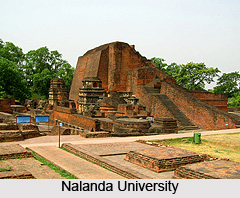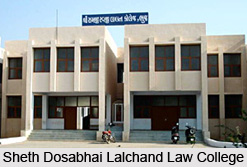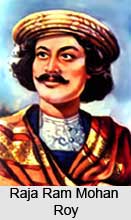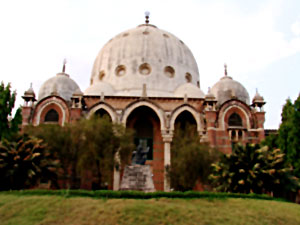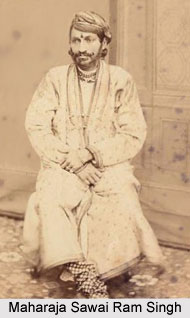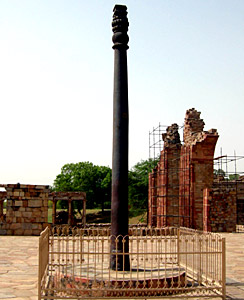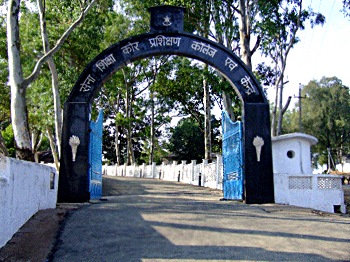Haryana Common Engineering Entrance Test (CEET) is the state entrance test conducted by the National Institute of Technology (NIT) Kurukshetra. This state level entrance examination is organized for admissions into four year B.E/B. Tech degree programs and five year B. Arch programmes. These degree courses are offered in several government aided and private engineering colleges of the state of Haryana. Moreover, these degree programmes are approved by AICTE. Haryana Common Engineering Entrance Test (CEET) is conducted for measuring the aptitude and knowledge skills of the candidates in their preferred field of study. The various test centres of CEET are Ambala, Bhiwani, Chandigarh, Delhi, Faridabad, Hisar, Kurukshetra and Sonepat.
Application Forms for Haryana Common Engineering Entrance Test (CEET)
The candidates can obtain the CEET Admission Brochure containing syllabus for the entrance test and other details along with the registration form from the sale counters of all Government aided University departments and private institutes offering degree courses like B.E/ B. Tech. The application forms can also be obtained from the office of Haryana State Counselling Society/Directorate of Technical Education, Haryana. Moreover, the candidates can also download the application form prescribed official website. For obtaining the application forms, the candidates need to deposit the pre-requisite registration fee for counselling either through cash payment/cheque or by making a bank demand draft. The candidates need to deposit the counselling participation fee before the Registration.
Eligibility Criteria for Haryana Common Engineering Entrance Test (CEET)
The minimum educational qualifications for B.E /B. Tech course is a pass in 10+2 under any recognized Board with a an aggregate of 50% marks. Physics and Mathematics are the core subjects in the 10+2 level along with any one of these subjects: Chemistry, Biology, Bio- Technology and Computer Science. Candidates with a diploma course in Engineering or Technology (three years duration) from State Board of Technical Education, Haryana or any equivalent diploma education are also eligible to apply in this entrance test. Final year students who are appearing in the qualifying examination can also apply in this entrance test. In that case, they need to show the pass certificates at the time of admissions.
Courses Offered
• B. Tech - Bachelor of Technology
• B.E- Bachelor of Engineering
• B. Arch - Bachelor of Architecture
Pattern of Haryana Common Engineering Entrance Test (CEET)
The test paper of Haryana Common engineering entrance test or CEET consists of objective types of questions with multiple choices. It carries question in core subjects that are Mathematics, Physics and Chemistry. The medium of this entrance examination is English. This test does not follow the system of negative marking for wrong answers.
Syllabus for Haryana Common Engineering Entrance Test (CEET)
Basically the questions in Haryana Common Engineering Entrance Test (CEET) are asked from the syllabus followed in the 10+2 standard of various Boards of India. The syllabus of Mathematics, Physics and Chemistry of this entrance test is same as that is taught at 10+2 level under various boards.
Selection Process for Haryana Common Engineering Entrance Test (CEET)
The merit list of the short listed candidates is prepared on the basis of the scores obtained in Haryana Common Engineering Entrance Test (CEET). The final admissions will be made by online counselling of the students.
Haryana Common Engineering Entrance Test (CEET) is the mode through which the potentialities and capabilities of the applicants are judged whether they are suitable for the engineering and architectural courses or not.
